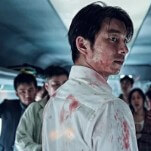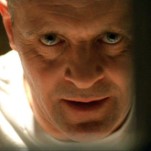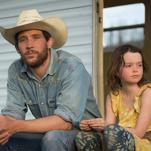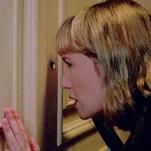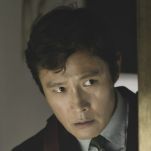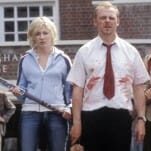Salinger
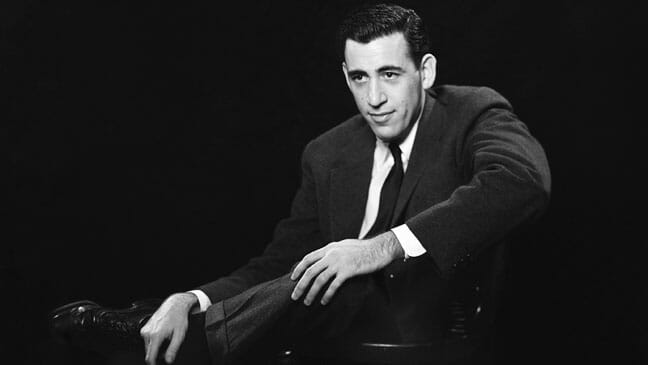
It’s hard to overstate the significance and mystery of J.D. Salinger. His 1951 novel Catcher in the Rye has sold more than 60 million copies and still moves 250,000 copies a year, and he eschewed celebrity to live in self-imposed seclusion in Cornish, N.H., for almost 60 years. Yet screenwriter Shane Salerno’s nine-years-in-the-making documentary on the author manages to oversell its subject, demanding awe about footage and photos and information that are cool, sure, but not earth-shattering.
Salinger covers the same biographical material that can be found on Wikipedia: the author’s privileged upbringing in New York City, his ambition to be published in The New Yorker, his experiences during World War II (including D-Day and the liberation of Dachau), his strained family life and his numerous affairs with young women. Yet Salerno has put together an oral history from original and archival interviews that teases titillating details from these broad strokes. The interviewees—friends, lovers and fans of all stripes—are intellectuals and natural storytellers, aided by deft questioning (one can assume) and clever editing between separate interviews with the same person to piece together compelling anecdotes.
Few images exist of the famously reclusive writer, so it’s understandable that Salerno makes the most of what he does have, and the repetitive use of just a few pictures actually doesn’t get old—maybe because he fills in the gaps with gauzy reenactments. These re-creations take place both “on location” and on a spare stage furnished with just a desk and a giant projection screen that give parts of the film a theatrical flair. Though the face of the actor playing Salinger is mostly obscured, the use of this device grows increasingly distracting, especially since he bears little resemblance to the man he’s portraying.
-

-

-

-

-

-

-

-

-

-

-

-

-

-

-

-

-

-

-

-

-

-

-

-

-

-

-

-

-

-

-

-

-

-

-

-

-

-

-

-











